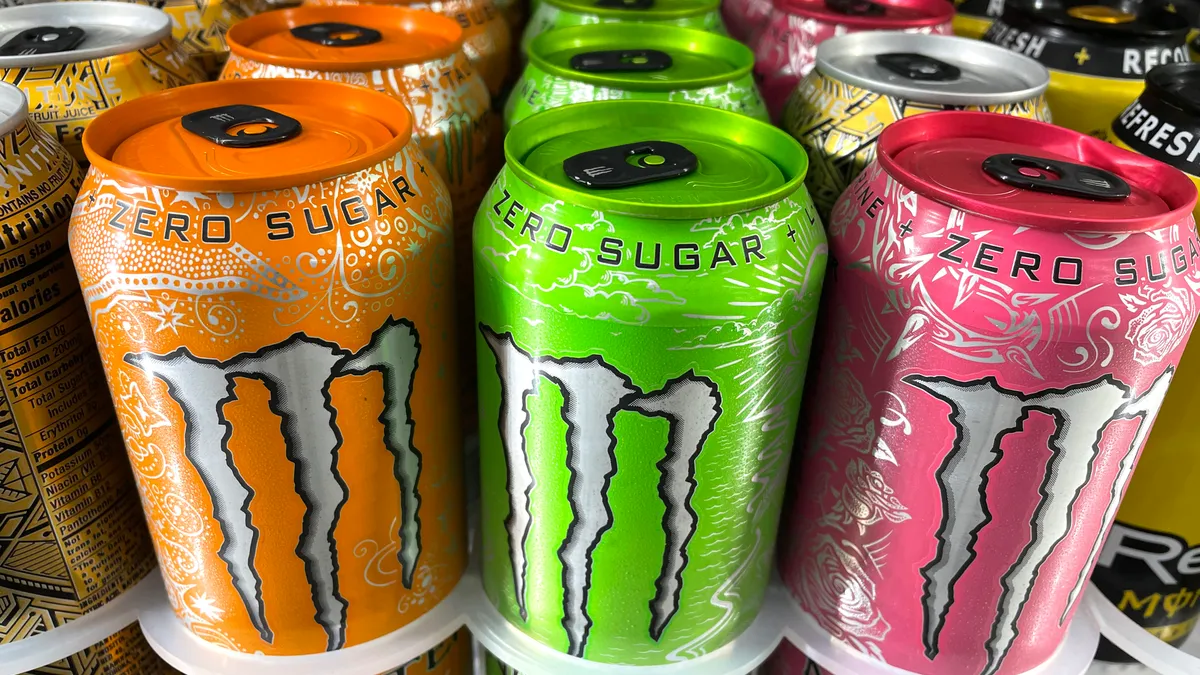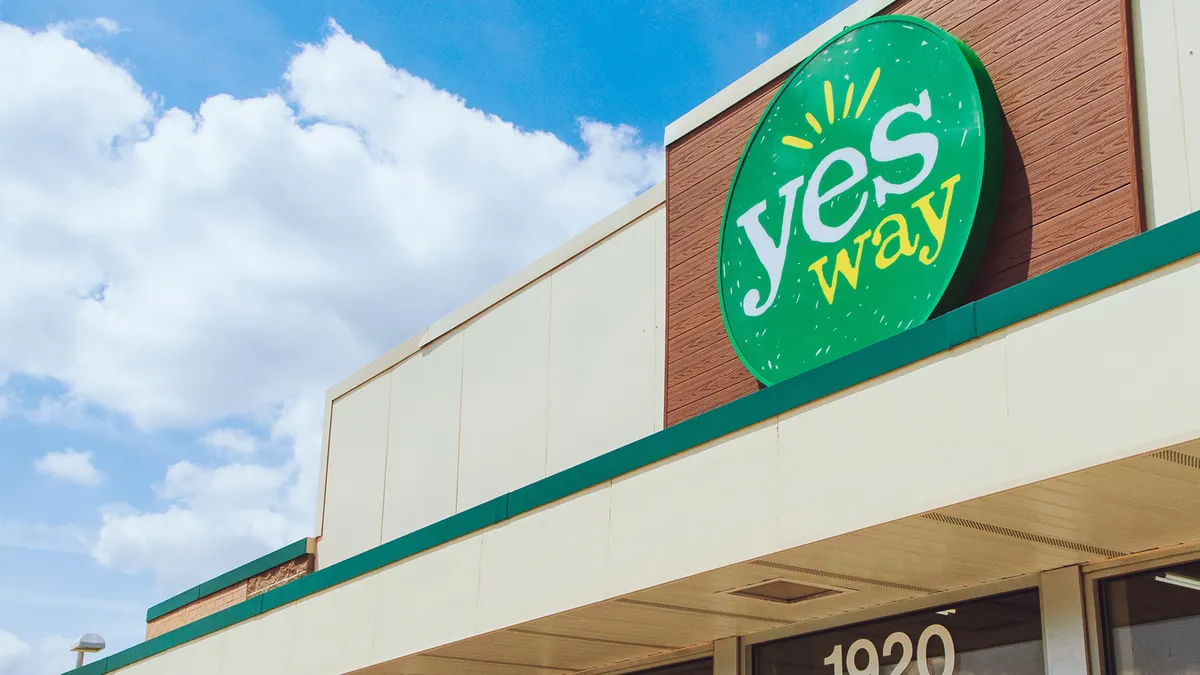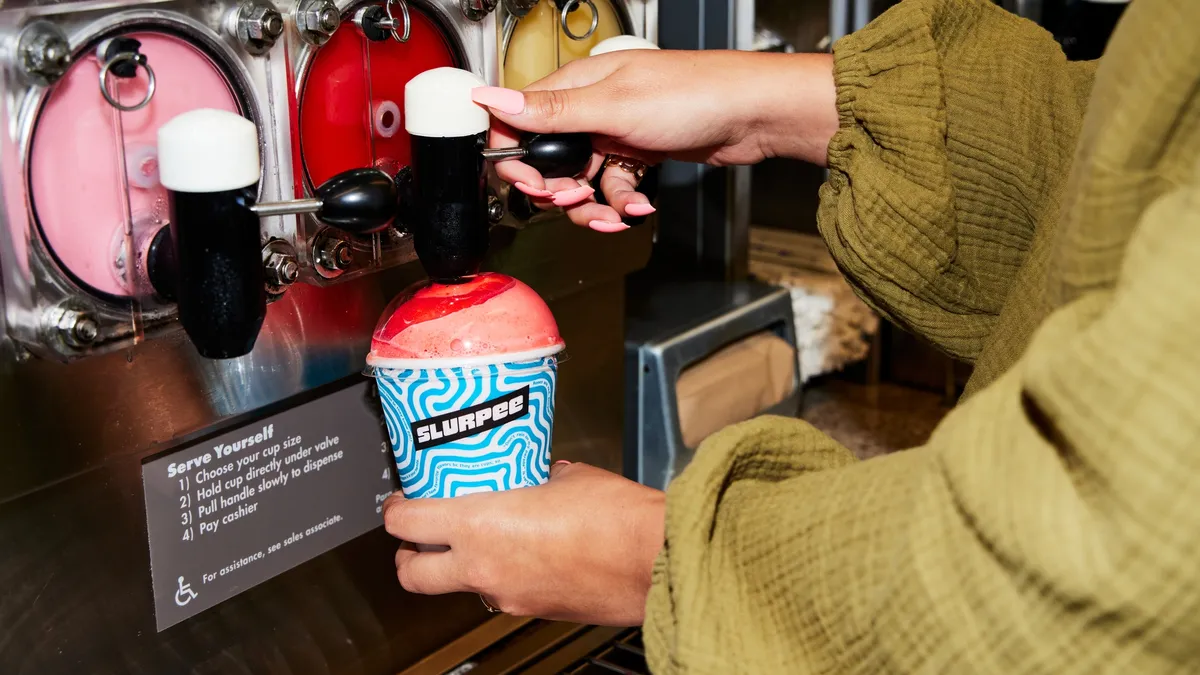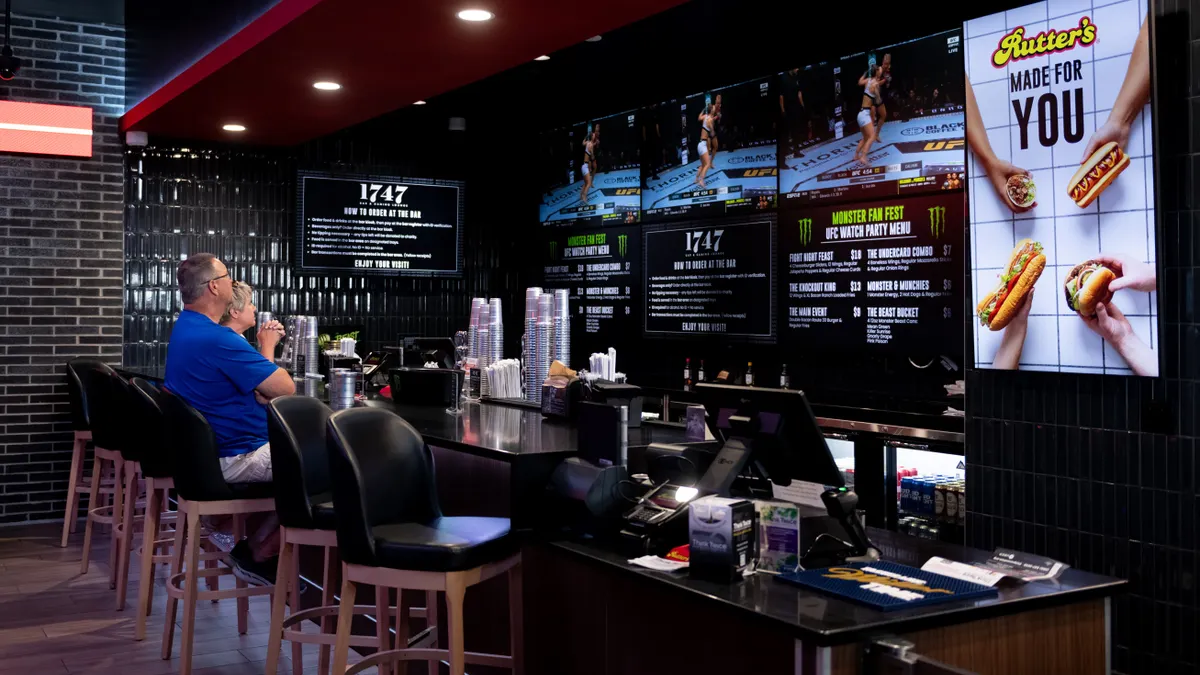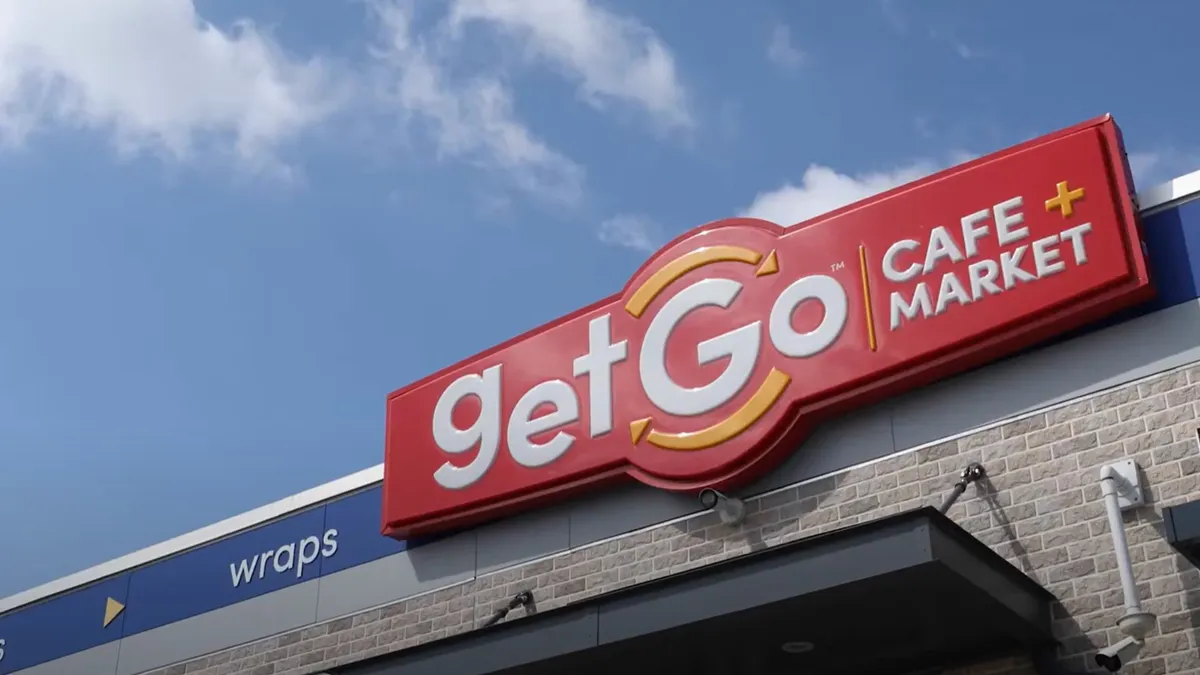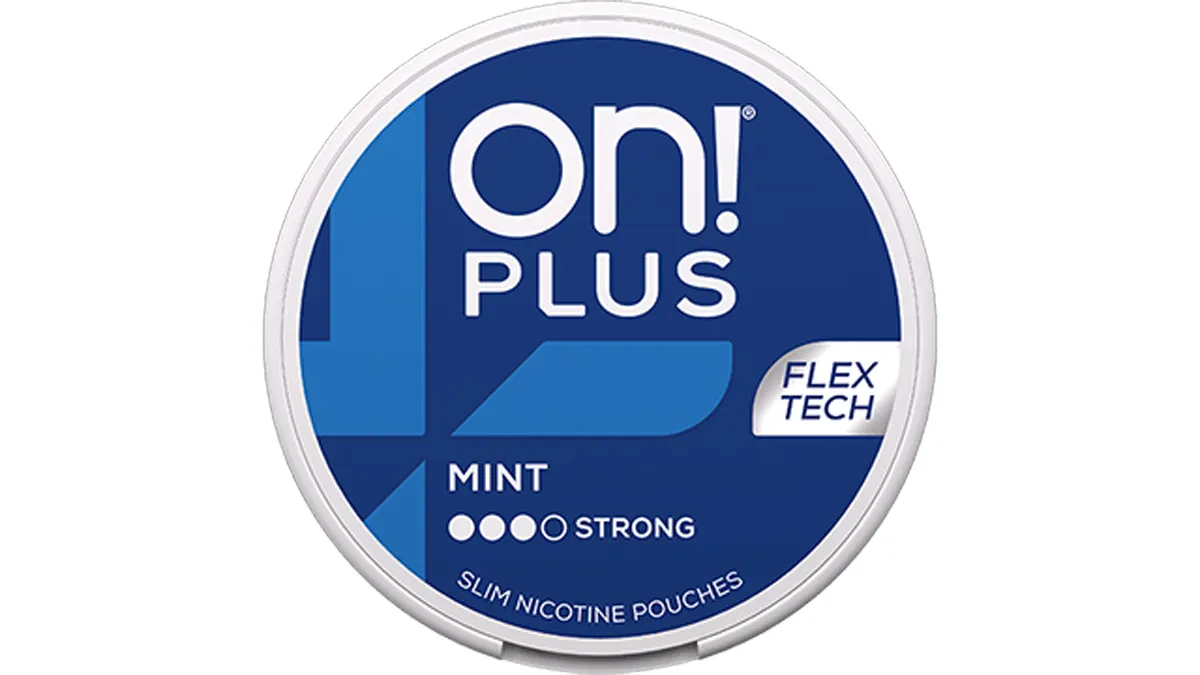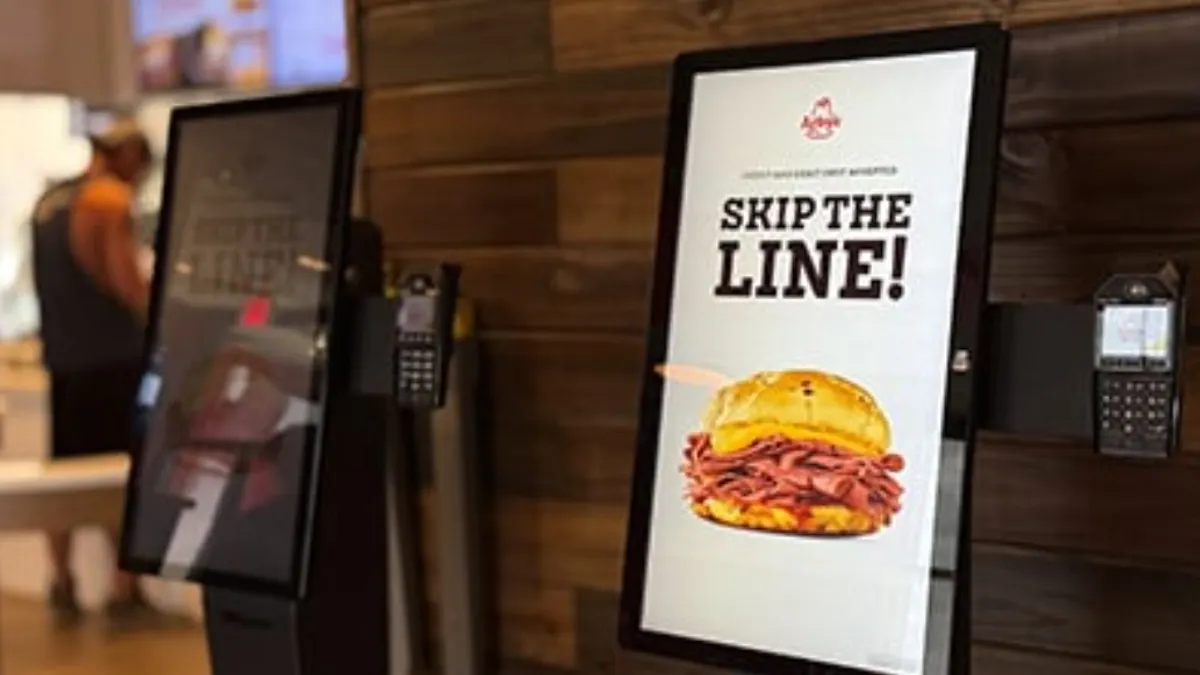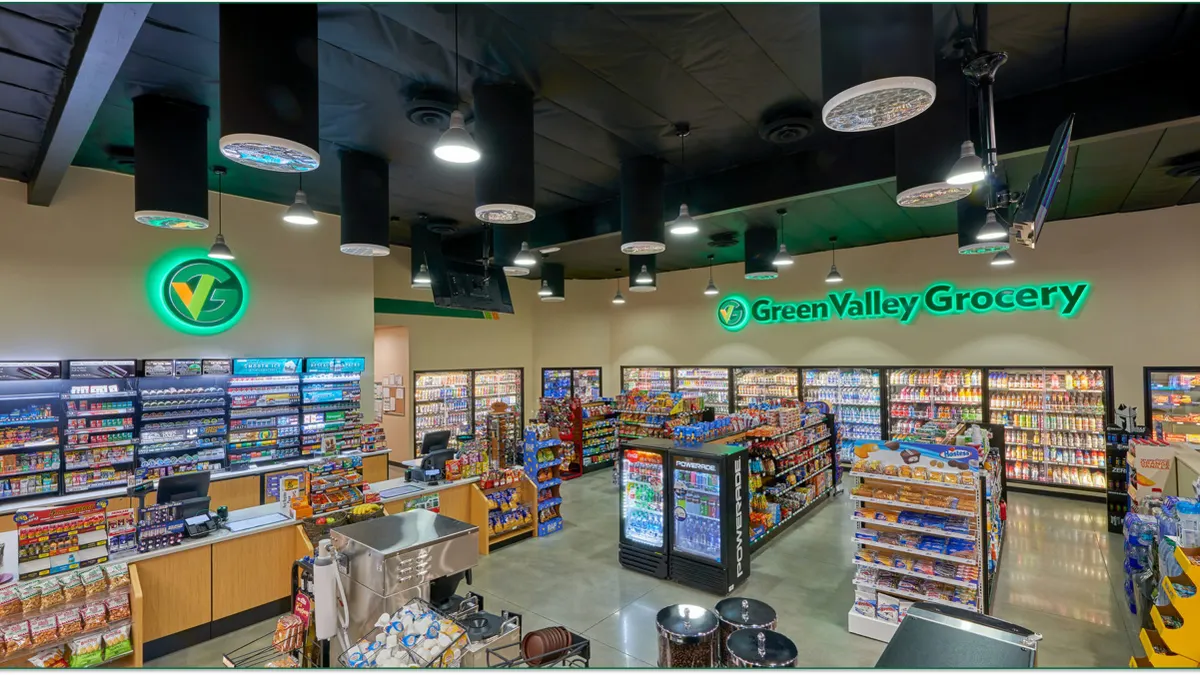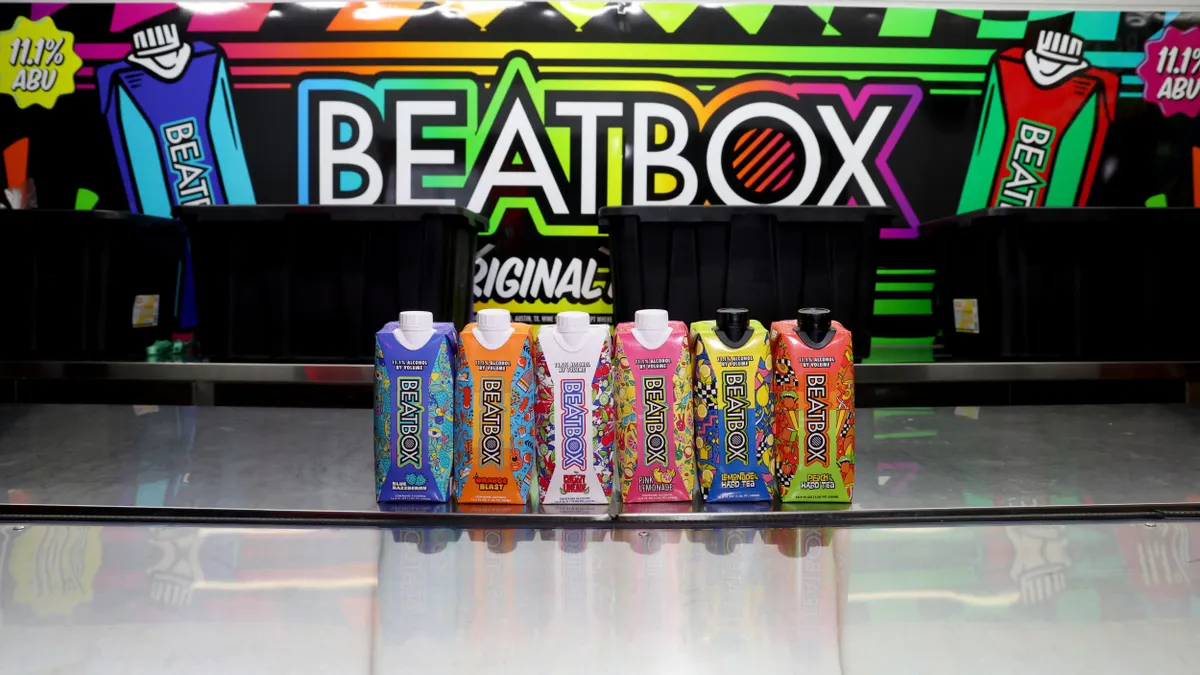Energy drinks have emerged as big sellers for c-store operators, and experts see no end in sight for the category’s strength, given continuing demand and innovative products.
Energy drink sales in c-stores surged 14.2% for the quarter that ended on Feb. 26, and 9.7% to $12.5 billion for the year that ended on Feb. 26, according to Chicago-based market research Circana (formerly IRI and NPD Group). Conversely, sales in the multi-outlet category spiked 16.8% for the quarter and 14.7% for the year.
Meanwhile, the 30,000 retailers surveyed by Goldman Sachs expect to see total category lift of 14% this year — up from the projected 11% growth in 2022.
“Energy drink sales, like many other beverage categories in c-stores, have rebounded as people continue to get out more,” said Jeff Lenard, vice president of strategic industry initiatives for NACS. “Morning commutes continue to return, and that also has spurred stronger energy drink sales, especially during the morning rush.”
Retailers can continue to grow energy drink sales by understanding the category’s strength even through inflation, stocking both popular and innovative products from leading and up-and-coming consumer brands, promoting healthier options and understanding demographics of the core shopper.
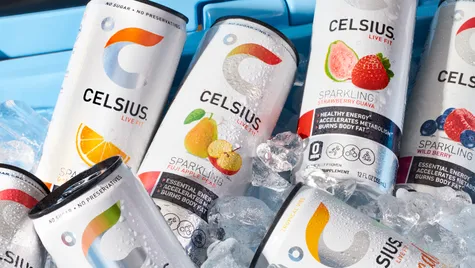
Consumers view energy drinks as an “affordable luxury”
Despite increased inflation on energy drinks, sales remain strong. While inflation rose around 7.5% for the 12 weeks ending Dec 11, 2022, according to Rabobank, volume also increased 6% during the same quarter.
“Energy drinks are one of the few categories that have been able to grow volumes despite aggressive price increases,” said Bourcard Nesin, beverage analyst at Rabobank. “This is largely a consequence of the category producing a lot of interesting innovation around its core product (energy).”
One retailer surveyed by Goldman Sachs noted that the category’s unit growth was up about 11% in their stores despite price increases from all manufacturers, resulting in “very strong” sales growth.
The investment bank noted that despite price increases for major brands like Monster and Red Bull, “most (~59%) retailers are not seeing any signs of push back from consumers.”
One retailer commented that consumers are willing to cut back on other products in order to purchase energy drinks, “which is consistent with our view that the segment is often viewed as an affordable luxury,” the report noted.
At the same time, 33% of c-stores realized volume impacts related to last fall’s price increases, according to Goldman Sachs. Plus, a number of retailers said they have seen decreased demand for multi-packs and increased demand for smaller can sizes and singles.
Although operators are not hearing of further price increases — at least during the fourth quarter of last year — “we expect manufactures will be watching elasticities closely and evaluating the potential for further price increases,” Goldman Sachs said.
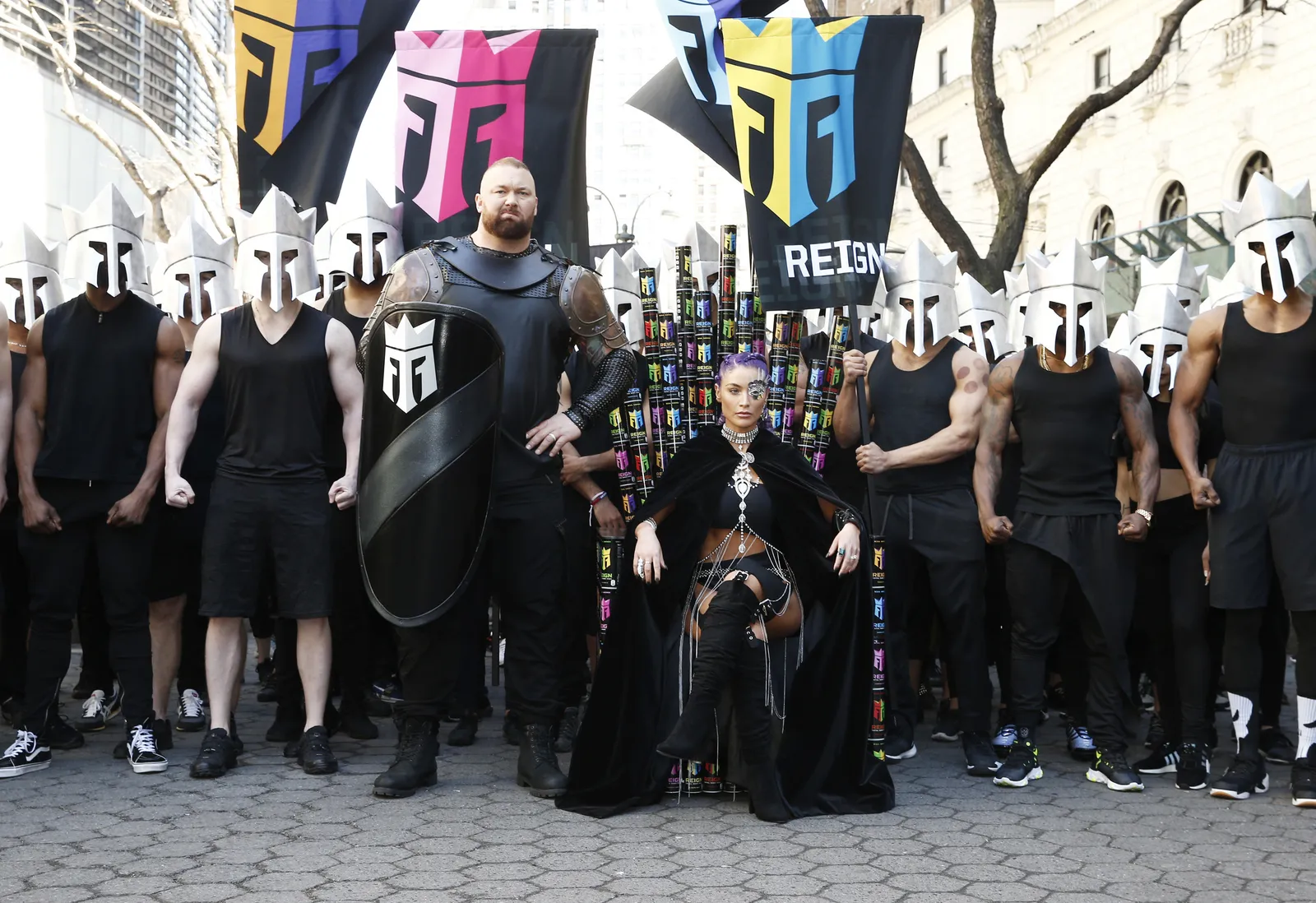
Innovative, healthy brands fueling growth
Energy drinks continue to expand as brands launch more low- or zero-sugar options, Nesin said, along with “adding electrolytes and supplements to tap into the massive sports drink market.”
Sales for energy drink brand Celsius have soared over the last three years, primarily due to its health attributes, which include zero sugar, no artificial colors or flavors and claims that it helps boost metabolism. Recognizing its sales success and future growth prospects, Pepsico invested $550 million for an 8.5% stake in the company last year. Pepsico also released Mountain Dew Energy, a drink with zinc and no added sugar, while True North bills itself as using “plant-based clean energy.”
Category leaders Monster Energy and Red Bull have recognized consumers’ demand for healthier versions of their products. Monster launched Monster Energy Zero Sugar earlier this year and c-stores expect future growth of its Monster’s Reign Storm, a sugar-free pre-workout energy beverage positioned to compete with Celsius, to further boost brand sales, per Goldman Sachs.
Red Bull, meanwhile, stocks Red Bull Zero and Red Bull Sugarfree.
Innovative flavors and design draw consumers
Brands are also fueling interest in the category with unique flavors and colorful graphics. Reign Storm flavors include Tropical Storm, Reignbow Sherbet and White Gummy Bear. Red Bull recently announced its latest flavor, “Summer Edition: Juneberry.”
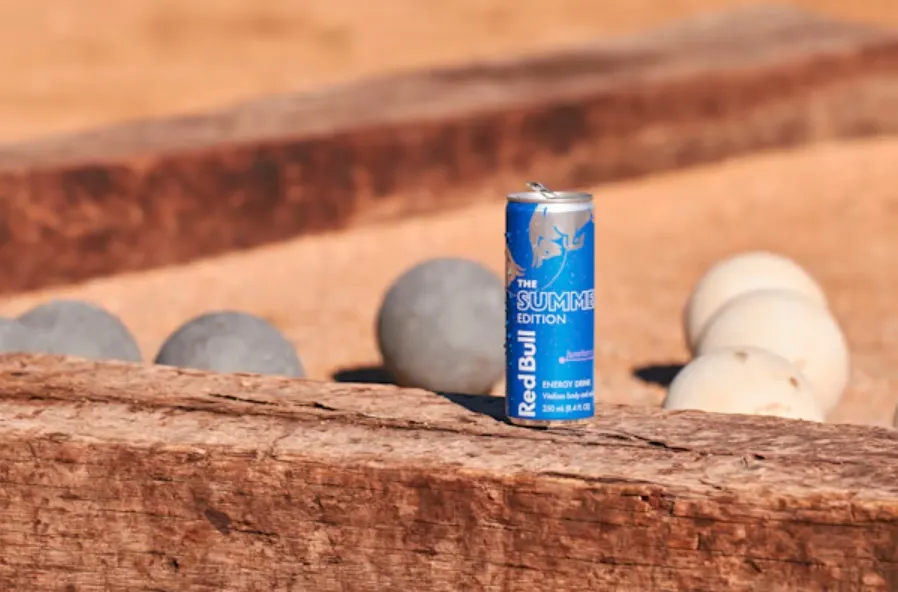
Red Bull and Monster each have more than 30% of the market share in the category, according to Mintel’s US Energy Drinks Market Report 2023, “but there’s a notable share for the relatively new player Celsius,” the research firm said.
Retailers are also optimistic for the growth prospects of smaller brands like Ghost Energy and Alani Nu, “with some indicating that the brands are growing fast and taking share of the category,” the Goldman Sachs report said. Alani Nu, sold in cans with bright colors and fun graphics, has flavors that include Dream Float and Retro Rainbow.
Younger males are core shoppers, but there’s room for others
C-store shoppers tend to be younger than grocery store shoppers and boast a “pretty immediate, urgent need of a pick-me-up when buying energy drinks,” Nesin noted. "Combine those two things with the fact that energy drinks are a very premium drink typically sold as single cans makes the convenience channel a pretty perfect home for energy drinks.”
Men aged 18-34 are the primary energy drink consumers, but women aged 18-34 “show promise for energy drink consumption,” according to Mintel.
"While men are outpacing women in all of Mintel’s researched categories, the gap is narrowest for coffee energy drink hybrids, and iced tea energy drink hybrids. This trend of preference for hybrid drinks may indicate that these beverages are more approachable for women,” Mintel said.
The biggest gap between men and women in the category can be found in the small but growing gamer energy drinks subcategory.
Broadly, energy drinks can better market to women and “boys [who] don’t respond to that more juvenile messaging,” according to Nesin.
"In reality, those people are drinking ‘energy drinks,’ but we tend not to consider them Capital-‘E’ Energy Drinks because they aren’t marketed like Monster or Bang or Celsius or Red Bull are,” he said. “The growth of cold coffee drinks (now more than half of Starbucks tickets) and products like kombucha have caffeine and, for many groups that were ignored by traditional energy drink brands, serve the exact same occasion.”

